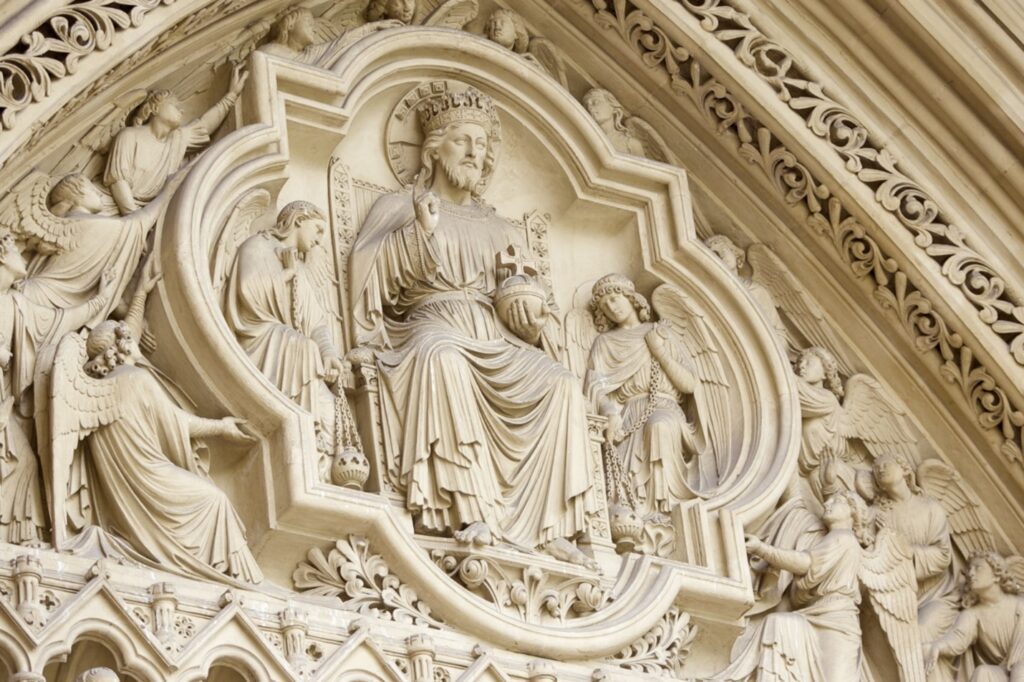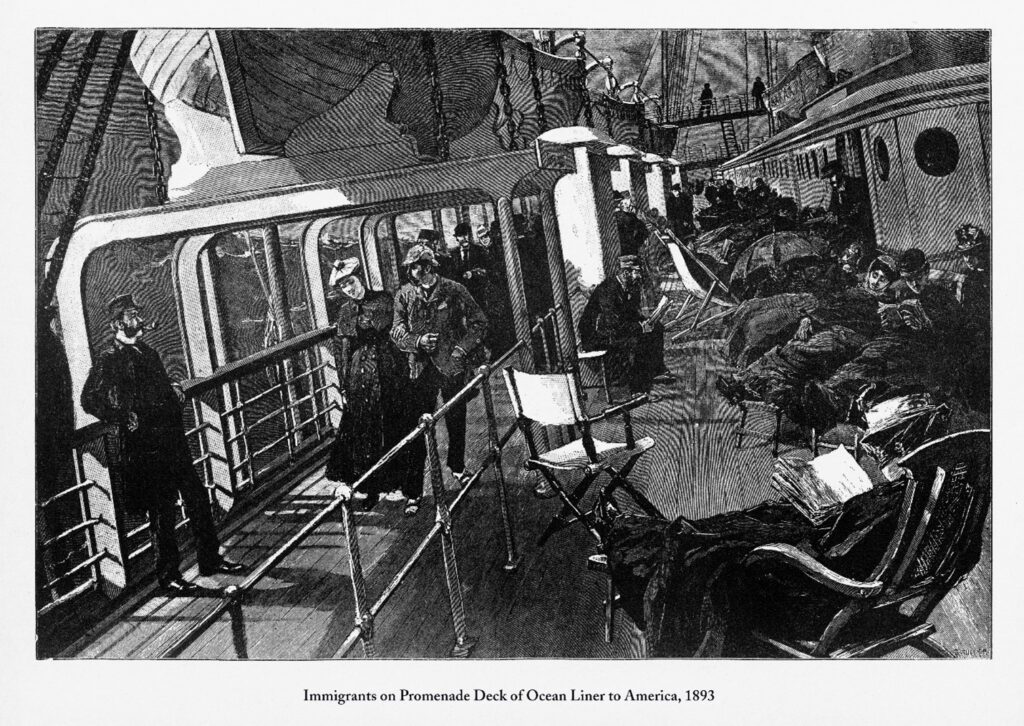Revelation chapter 4: The government of God | Eastern North Carolina Now
God is in control but we still have free will


By Rev. Mark Creech
Christian Action League
September 30, 2022
In recent years some fantastic stories have been told by people who literally died, stepped into eternity, and later lived to talk about it. There have been movies about the subject. “Heaven is For Real” is a true story about a little boy’s trip to heaven and what he saw before being revived to life again. “Ninety Minutes in Heaven” is about a man who died in a car accident and was brought back from that “undiscovered country whose borne no travelers return” to share what he saw.
Unlike some, I have no reason to doubt these stories unless they say something contrary to Scripture, which is how we must measure the legitimacy of every experience. The Bible says while being stoned to death, the first Christian martyr, Stephen, “looked up to heaven and saw the glory of God, and Jesus standing at the right hand of God” (Acts 7:55).
My father had a cardiac arrest several years ago and was technically dead for twenty minutes before the cardiologist’s defibrillator paddles helped bring him back to life. He was a devout Christian, and many people asked him if he had an afterlife experience. He humorously replied, “No, and I didn’t see Elvis either.”
A former parishioner of mine, who died after a severe heart attack, was revived and shared with me that he had an afterlife experience. He would become very emotional whenever he tried to explain it to me. He said he saw things in that realm that there weren’t sufficient words to describe it. He said what he witnessed was mostly unfamiliar, and knew he had been in heaven.
His experience intrigues me the most because it sounds similar to what the apostle John said he saw after he was raptured into heaven in Revelation chapter 4.
John described a dimension with which we have little earthly reference. As John Phillips writes in Exploring Revelation, “It is like being in a strange country where language, customs, and architecture are sufficiently like our own to be recognized, yet sufficiently exotic and strange to make us feel somewhat ill at ease.”
The apostle writes:
“And instantly I was in the Spirit, and I saw a throne in heaven and someone sitting on it. The one sitting on the throne was as brilliant as gemstones—like jasper and carnelian” (vs. 2-3).
The apostle said he saw a throne. A throne represents government and sovereignty. What John saw was God’s throne. What was depicted is God’s sovereignty over everything.
How can we possibly reconcile God’s sovereignty with man’s free agency?
How can God be in complete control, but leave man to choose? Such matters are of heavenly origin and difficult for finite minds to comprehend fully.

A.W. Tozer, in The Knowledge of the Holy, makes this attempt:
“An ocean liner leaves New York bound for Liverpool. Its destination has been determined by proper authorities. Nothing can change it. This, at least, is a faint picture of sovereignty.
“On board the liner are several scores of passengers. These are not in chains, nor are their activities determined by decree. They are completely free to move about as they will. They eat, sleep, play, lounge about on the deck, read, talk, altogether as they please, but all the while, the great liner is carrying them steadily onward toward a predetermined port.
“Both freedom and sovereignty are present here, and they do not contradict each other. So it is, I believe, with man’s freedom and the sovereignty of God. The mighty liner of God’s sovereign design keeps its steady course over the sea of history. God moves undisturbed and unhindered toward the fulfillment of those eternal purposes which he purposed in Christ Jesus before the world began. We do not know all that is recorded in those purposes, but enough has been disclosed to furnish us with a broad outline of things to come and to give us good hope and firm assurance of future well-being.”
God sits upon his throne and never loses control. His will may seem thwarted for a time, but even human defiance is overruled to work for the performance of his ultimate ends. Judas betrayed Christ, Pilate condemned him, and the soldiers crucified him, but while they committed these heinous acts according to the Lord’s permissive will, they fulfilled God’s perfect will in that Christ was slain for the sins of the world. God’s government is undefeatable and shall reign forever and ever.
The apostle also employs the symbol of stones to describe the character of God’s government, for his government is based upon his person. John says the One sitting upon the throne was like the brilliant gemstones – jasper and carnelian (sardine).
“The jasper emphasizes the hardness connected with the government of God, for jasper is hard and adamantine in nature. There is a very real sense in which God’s government is like that. His laws are fixed and firm, unyielding and unrelenting,” writes Phillips. “All science is predicated on the rigidness of God’s laws. If we put water on the stove to boil, we expect it to steam, not ice. A stone thrown from the top of a building will fall down, not up. God’s moral laws are just as inflexible as his physical laws. One day the Lord Jesus will rule the world with a rod of iron (Psalm 2:9), the very symbol of hardness and unyieldedness. The world in which we live desperately needs a firm hand, and God has pledged himself to just such a government for mankind. Here, then, is a throne where the government is like jasper.”
What a strange and self-defeating time we are living in today. We are told a woman can be a man and a man a woman. God says marriage is between a man and a woman. But now we’re told marriage is between two adults – even if they are of the same sex. A few days ago, a Planned Parenthood doctor erroneously told Congress that a man could get pregnant. Today vice is said to be a virtue, and virtue is said to be vice. True love and compassion for the wayward are said to be hate and bigotry while celebrating what is wayward is said to be love.

This foolishness of humanity will not last, for the Lord’s government is like the Carnelian stone – the sardine stone. The sardine is red and resembles fire. God’s government is like a consuming fire that will, with fervent heat, destroy everything in opposition to the One on the throne.
The sardine stone is also a bloody stone. It speaks of sacrifice and atoning blood. It points to the first coming of Christ when his blood was shed for the world’s sins.
Moreover, these two stones, jasper and carnelian, were carried on Israel’s High Priest’s robe, over his heart, into the Old Testament Tabernacle. The High Priest wore four rows of twelve stones representing each tribe of Israel. The sardine stone was the first, with the name of the firstborn of Israel, Reuben, engraved on it. The last stone in the last row was jasper and had the last of Israel’s sons, Benjamin, written on it. Reuben’s name means “behold the Son.” Benjamin’s name means “the son of my right hand” or “the son of my power.”
Interestingly, in the New Testament book of Revelation, the order of these two stones is reversed. Is there any significance?
As H.A. Ironside has written:
“In the Old Testament, the saints looked forward to the Cross and therefore saw the sardius, the red stone, first, and beyond that, the jasper, the stone representing his power and rule at his second coming. However, when John had the experiences of which Revelation 4 tells us, he was on this side of the Cross and the rapture, and therefore, looking back, he saw first the jasper stone and beyond that the red stone of the Cross and sacrifice.”
The greatest lesson here, however, is whether born in Old or New Testament times, if one wants to be part of God’s glorious forever kingdom and reign with Christ, the first begotten Son of God, the One in whom God has vested all power, we must all come by way of faith in the Cross alone.
Nathanial Hawthorne’s incredible story about the great stone face says there was once a boy where there was a mountain with a rock formation that the people in his village called the great stone face. Legend had it that someday a man would come who looked like the great stone face. He would dole out blessings innumerable to the people. The legend had profound significance on this young lad. Throughout his life, he would gaze at the great stone face at every opportunity, and he dreamed of that day when the name who looked like the great stone face would arrive. Many years passed, and the young man became an older man. One day, far into his senior years, the man shuffled down the street and heard someone shout: “He has come! He has come! The one who looks like the great stone face is here!” This man had looked at the great stone face for so long that now he bore his image.”
There is something about looking into heavenly things that change us.
As we gaze upon them earnestly and sincerely in faith, we begin to personify the hope that is in them.
May everything about the Second Coming of Christ that gives hope change you after Christ’s image and prepare you for that day when he appears.
Revelation chapter 4: the rapture question
Revelation chapter 3: the church that was neither cold nor hot but lukewarm